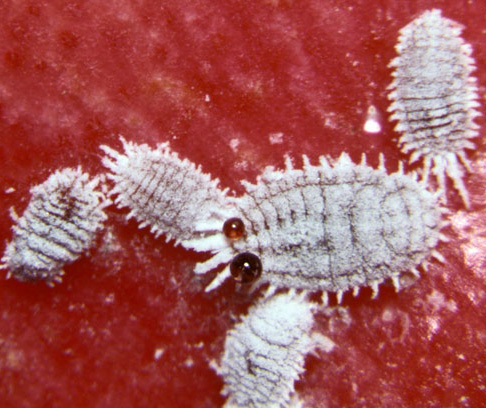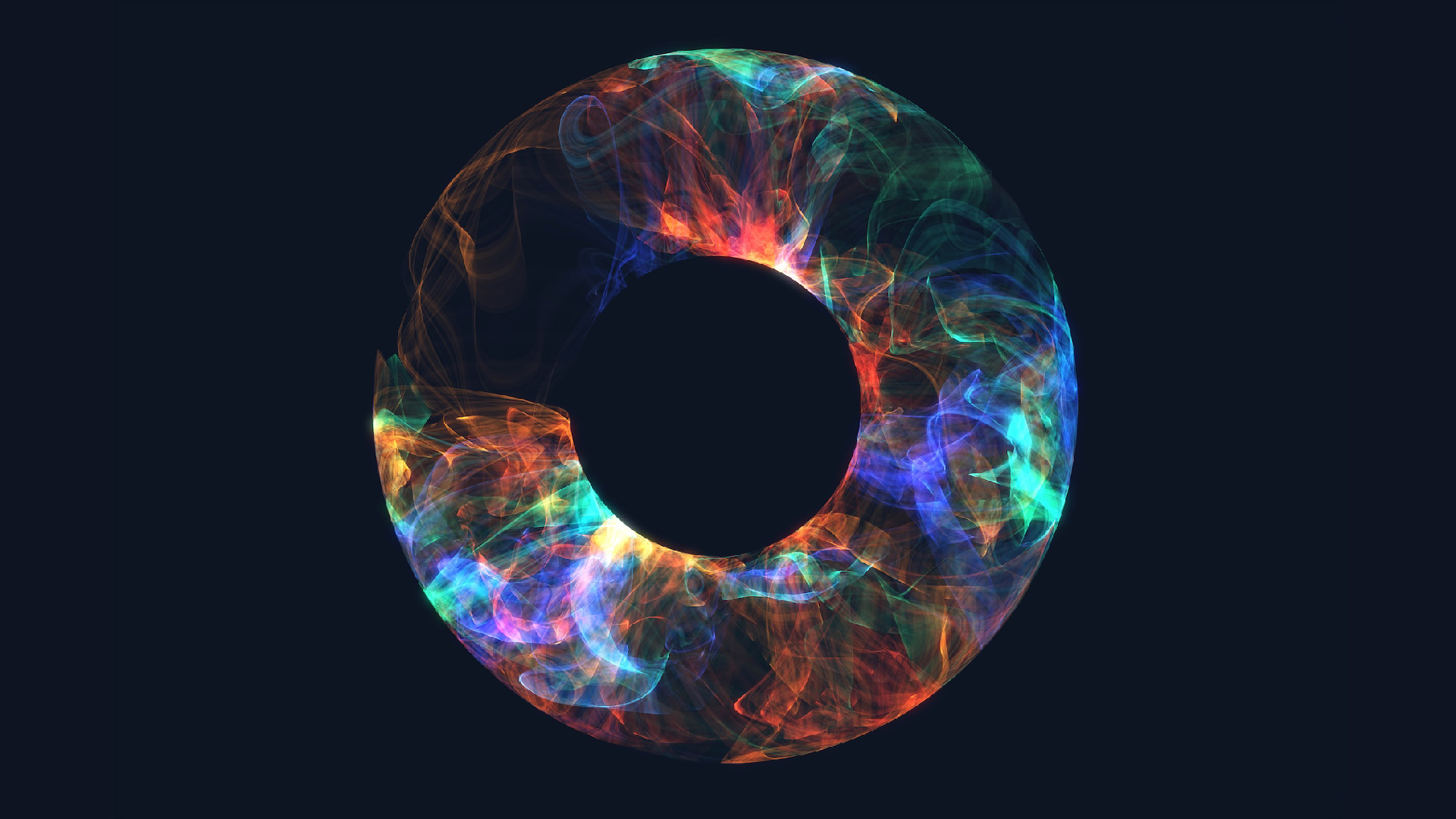Bacteria Nest Like Russian Dolls Inside Bugs

Mealybugs are home to bacteria that nest inside other bacteria, like microscopic Russian dolls, a new study finds. The curious symbiotic relationship offers insight into the complex interplay between animals and microbes, the study researchers say.
Mealybugs, scaly insects found in warm, moist places, get their nutrients from plant sap. But to turn the sap into a form of food they can use, the bugs rely on bacteria. The bacterium Moranella endobia lives inside the bacterium Tremblaya princeps, which lives inside the mealybug. This is the first three-tiered living system ever observed in animals, the researchers say.
Tremblaya bacteria have a very tiny genome, which is missing many essential genes, yet somehow the bacterium survives. "We wanted to untangle the role of Moranella and the mealybug in the functioning of Tremblaya," study researcher John McCutcheon of the University of Montana said in a statement.
McCutcheon and his colleagues sequenced the organisms' genomes and measured the production of different proteins (the molecules that perform vital functions in cells). The Moranella bacterium provides some of the missing genes of its host, Tremblaya, which may have lost them when Moranella took up residence inside of it, the team’s findings, reported today (June 20) in the journal Cell, suggest.
McCutcheon's team suspected that Tremblaya, in turn, may have transferred genes to the mealybug. But they saw no evidence of gene transfer. Instead, the researchers found the mealybug has acquired many genes — at least 22 different ones — from historical bacterial infections, McCutcheon said.
The 22 genes fill in some of the gaps in the Tremblaya and Moranella bacteria's genomes. The genes play a role in nutrient synthesis and maintenance of bacterical cell walls.
Thus, Tremblaya's small genome is not due to gene transfer with its mealybug hosts. And the bacterium does not appear to be evolving along the same lines as other bacterial tenants such as mitochondria and chloroplasts.
Get the world’s most fascinating discoveries delivered straight to your inbox.
Mitochondria, the energy production centers of cells, and chloroplasts, the photosynthetic components of plant cells, were once free-living bacteria, but started living inside other cells millions of years ago. Mitochondria and chloroplasts have their original DNA, but have transferred many genes to their hosts.
Follow Tanya Lewis on Twitterand Google+. Follow us @livescience, Facebook& Google+. Original article on LiveScience.com.

